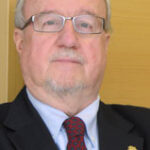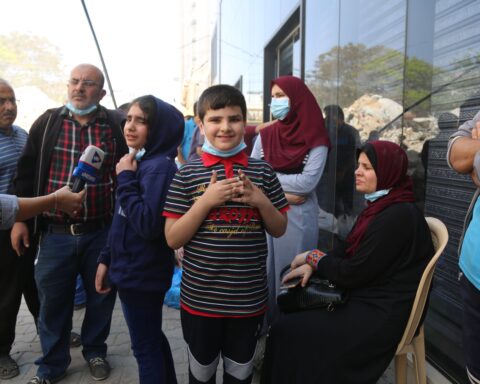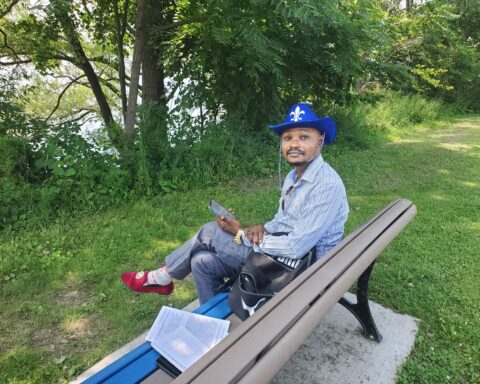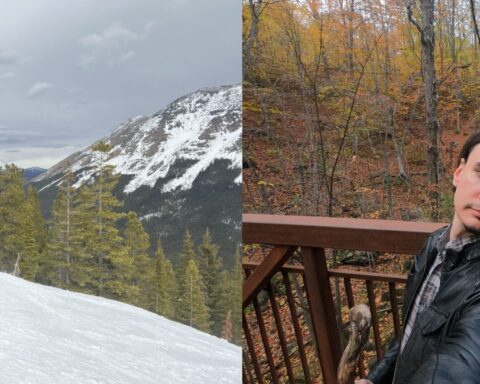As the misery and displacement stemming from the multi-sided Syrian civil war worsens and the international community is asked to resettle some of those displaced, Canada’s history as a major country of refugee resettlement offers some lessons on the way forward.
In May, the UN High Commissioner for Refugees, António Guterres, sought Canada’s support for his plan to resettle 100,000 Syrians. Guterres told concerned organizations that the 2.8 million Syrian refugees now in Lebanon, Jordan, Turkey and Egypt could easily rise to four million by the end of 2014. There are, in addition, five or six million internally displaced Syrians. The Syrian war has created the largest forced displacement of people since the Rwanda genocide.
The conflict seems without end, as did another civil war in the Middle East long ago; the Lebanese civil war which dragged for 18 years (the average length of a civil war in the late 20th century).
When that civil war erupted in 1975, the relatively large and well established Canadian Lebanese community sought assistance from the Canadian government. The government wanted Lebanon’s territorial integrity preserved and was susceptible to approaches from Lebanon’s urban Christian community. However, there was no clear side for Canada to champion. The government decided against a targeted refugee resettlement operation. Instead, it committed to the Canadian community to facilitate the immigration of those affected by the war who were of greatest concern to the Canadian Lebanese community – their relatives.
The community was told they could sponsor relatives under either the Family Class (spouses, fiancées, minor children and aged parents not subject to the point system) and the Assisted Relative Class (uncles, aunts, nieces, nephews, adult siblings and their immediate dependents). These relatives were subject to a modified version of the point system but Cabinet made it clear that its immigration officers should use their discretionary authority generously to override the point system given the humanitarian situation.
Lesson from Lebanon
That is exactly what the officers did for the 18 years of the Lebanese Special Measures. The Canadian government also told Canadian Lebanese leaders that it expected families to pay the settlement cost of their relatives but it prudently put aside two million dollars, just in case. None of it was used; the Canadian Lebanese families kept their side of the bargain. Tens of thousands of Lebanese benefited from this program.
Why not do something similar for the Syrians? First of all, the Assisted Relative category – so useful in Lebanon and in other similar crises – was cancelled a decade ago. So, while Syrian Canadians can sponsor immediate family, their second degree relatives are out of luck. There are other differences. Compared to the Lebanese Canadians in the early 1970s, the Canadian Syrian community is small, disorganized and divided and therefore nowhere near as politically effective as their Lebanese cousins.
[T]he Canadian Syrian community is small, disorganized and divided and therefore nowhere near as politically effective as their Lebanese cousins.
The boat people
The other example that is often cited is the Indochinese refugee movement in 1979 and 1980 when Canada agreed to resettle 60,000 refugees and ordinary Canadians used the new refugee sponsorship program to sponsor close to 40,000. Why not do the same now? The numbers of Syrians being displaced are even larger than those that fled communist Vietnam, Cambodia and Laos. Furthermore, the media frequently brings images of Syrian refugee camps into our homes now.
Again, there are a number of differences. Perhaps, Canadians have become hardened after witnessing so many human tragedies over the last 40 years. Perhaps, images of small boats capsizing are more shocking than images of rows of refugee tents. More to the point, whatever Canadians felt about the Vietnam War, when tens of thousands of Indochinese risked drowning at sea and dying in minefields to escape genocide, ethnic cleansing, and vengeful communist governments, most Canadians had no trouble deciding who the victims and perpetrators were. Despite a broad disdain for the Assad regime, the Syrian struggle is too complex and confusing for simple generalizations. Finally, the 90 organizations that still sponsor refugees are heavily contracted to resettle refugees from other areas over the next few years and have little excess capacity.
Perhaps, Canadians have become hardened after witnessing so many human tragedies over the last 40 years.
We know that the High Commissioner discussed his appeal for 100,000 resettlement places with Immigration Minister Chris Alexander. There are indications from Alexander that Canada is weighing its options and will eventually make an announcement. Historically Canada usually takes 10 per cent of refugee populations needing resettlement. That would mean 10,000 in this case
Why has it taken the High Commissioner so long to launch his appeal? When two million people come boiling across borders into two relatively weak neighbouring countries like Jordan and Lebanon, the UNHCR’s first tasks are to keep the refugees alive, to keep them safe, and to provide all necessary support to Jordan and Lebanon. Canada has provided over half a billion dollars in support, an unheard of amount yet exactly what is needed done in this dangerous phase.
Given the staggering numbers and the fact that the exodus is far from over, the UNHCR’s staff finally now have the time to assess the 2.8 million refugees to decide who will be offered resettlement now and who won’t. It is a daunting, difficult, and dangerous, task.
Who should we accept? If this war persists for another decade or more, whatever number the Canadian government decides to take now, the UNHCR will ask us to take more in future years. In this initial intake the government needs to include people with good qualifications and language skills: teachers, social workers and other potential leaders – if we can find them. This first wave will provide the Syrian settlement workers we will need in the future. That done, TV images and statistics confirm that a majority of the refugees are children: both they and their families should be a priority.
Michael Molloy is a retired Foreign Service officer who served on the team that rescued Asians from Uganda in 1972 and coordinated the 1979-80 Indochinese Refugee Movement. He established Canada’s Embassy in Syria and was Ambassador to Jordan, 1996-2000. He is a Senior Fellow at University of Ottawa’s Graduate School of Public and International Affairs.





